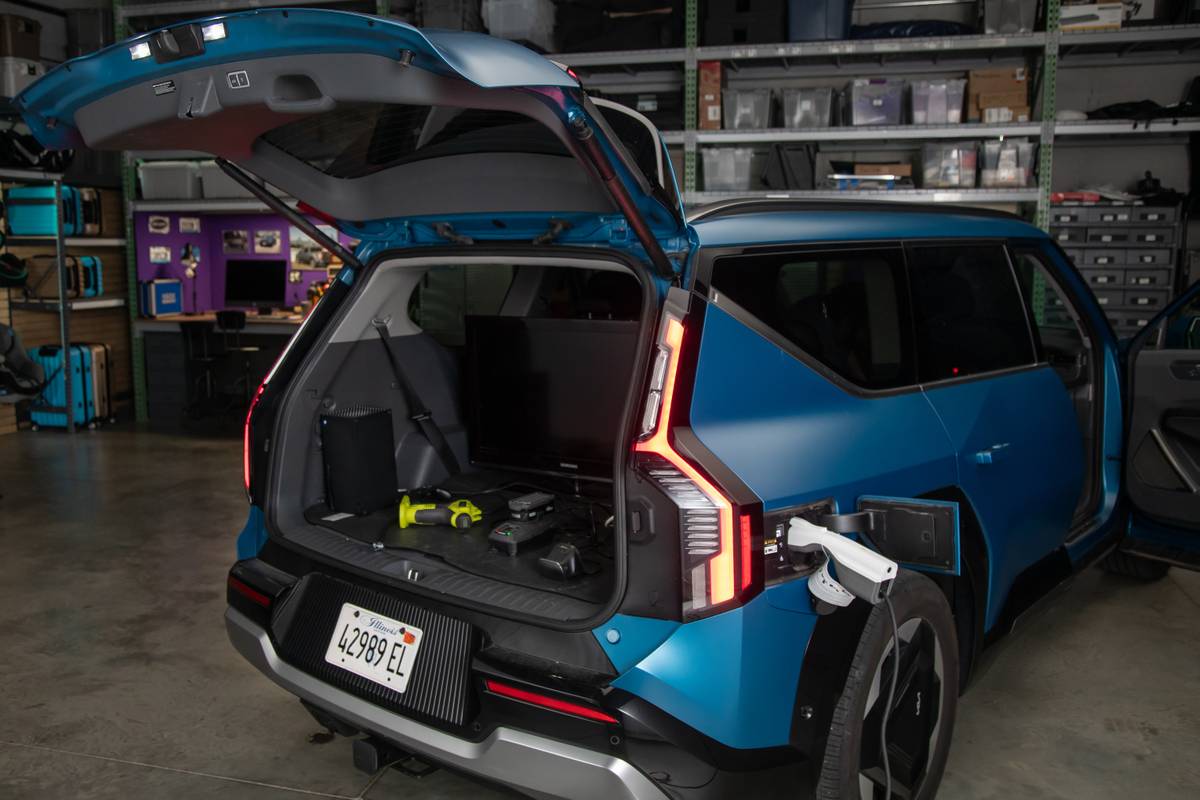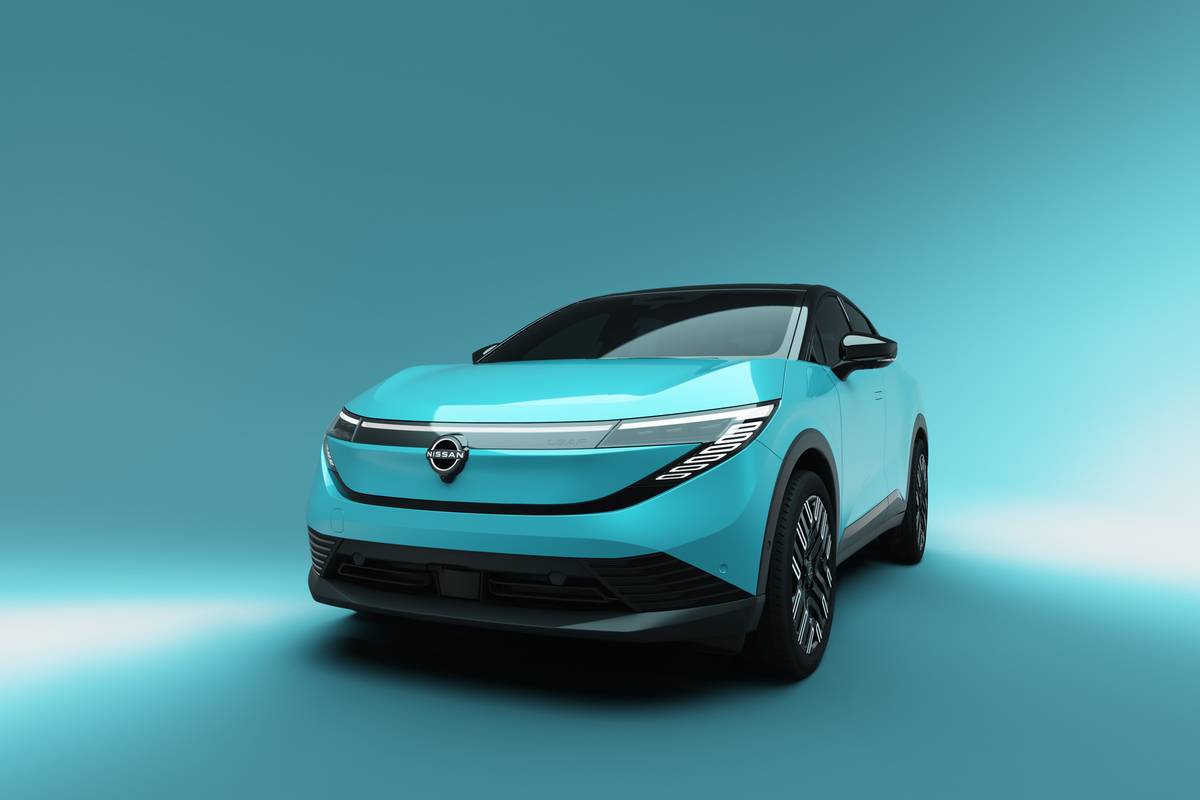chicagotribune.com's view
In person, people always look much different than they do on TV. They are taller or shorter, heavier or lighter.
We recall taking in a Las Vegas show years ago where the famous female singer known for her beauty walked on stage, and the men and women in the audience shook their heads in disbelief when realizing the beauty had been applied several pounds at a time with a trowel.
But two hours later, after a breathtaking performance, those same men and women exited the theater chatting about how she was not only talented but beautiful.
That episode came to mind when called upon to test drive the 2001 Saab 9-3 Viggen.
Regular readers know that for the most part we’ve considered the only use for a Saab is to give the owner a large enough wrap to cover the fact he or she is wearing a beret.
After a couple hours behind the wheel of the 9-3 Viggen, in which it did exceptionally well in terms of room, comfort, ride, handling and engine performance, couldn’t help but feel the sedan from the Swedish automaker owned by General Motors began looking cute and cuddly.
The ignition key housed in the console/floor between driver/passenger seats is still a feature we find less than appealing, and having to slip the five-speed manual lever into reverse to get the key out of its hiding place between those seats still is a pain in your extremity of choice.
And don’t care if a beret is the uniform for Saab loyalists, the only thing touching this melon is more gray hair.
But this darn Saab was a most pleasant surprise. The more time spent, the more appealing the 9-3 Viggen became.
Viggen is to Saab what AMG is to Mercedes-Benz and M is to BMW. It denotes a high-performance rendition of the regular model and is a reference to the Saab JA37 Viggen fighter jet.
In the 9-3’s case, Viggen means the four-door sedan we tested is powered by a 2.3-liter, 230-horsepower, turbocharged 4-cylinder engine while the regular 9-3 is powered by a 2-liter, 205-h.p., turbocharged 4. Better still, the 2.3-liter 4 in the Viggen produces 258 foot-pounds of torque at 2,500 to 4,500 r.p.m. while the 2-liter 4 produces 209 foot-pounds of torque at 2,200 to 4,800 r.p.m.
That means takeoffs resemble launches. Alive and alert off the line, yet smooth and quiet. And the suspension complements all that performance. Very nimble handling without being too light-footed.
And all that pep yet the bonus of 20 m.p.g. city/31 m.p.g. highway mileage.
Changes for 2001 include making traction control and GM’s OnStar emergency communications system standard (all 9-3 models).
The front-wheel-drive 2001 9-3 Viggen we tested starts at $37,995. The only option added was heated front seats at $450. Automatic transmission isn’t available–too much torque for an automatic to handle. Add a $575 freight charge.
The list of standard equipment is considerable and includes 17-inch radial tires, four-wheel disc brakes with anti-lock, reduced-deployment speed front air bags and head/torso side-impact air bags, anti-submarining front seats, power windows/locks/mirrors, power tilt/slide sunroof, climate control with dust and pollen filters, leather seat surfaces, cruise control, telescoping steering column, folding rear seats with ski pass-through and AM/FM stereo with CD player.
When you purchase a 9-3 Viggen, you get a free certificate for the Viggen Flight Academy, an intensive, two-day driver training course at the Road Atlanta complex near Saab USA headquarters in Norcross, Ga.
Professional racers teach participants performance shifting and braking, slalom maneuvers, evasive driving techniques, proper steering methods and how to control skids in a front-wheel-drive, performance car.
“In other words, they learn the right and wrong things to do, and we supply the cars so they can leave theirs at home,” said Sean McNamara, director of product planning for Saab.
“About 30 percent of all Viggen buyers take the driving school, which is about a $1,300 value,” McNamara said.
“The driving school is only available to 9-3 Viggen buyers now. We’d like to expand it to include more performance models eventually, but we can only get the Road Atlanta course so many days so we’d also like to expand the schools into other areas of the country where we can get a track,” he said.
The school concludes with an autocross competition followed by dinner with Saab executives, at which time the owners are surveyed on products and technology they’d like to see in future cars.
As for those future machines, McNamara said the 9-5 Saab is redesigned for this fall, while the an new 9-3 comes out for the 2003 model year.
Saab, which sells about 40,000 cars in the U.S. annually, hopes to double that within five years by adding five new vehicles in that time span.
“We’re looking at a variety of products to add, but one of those five is going to be an all-wheel-drive vehicle variant [crossover],” McNamara said.
Latest news



